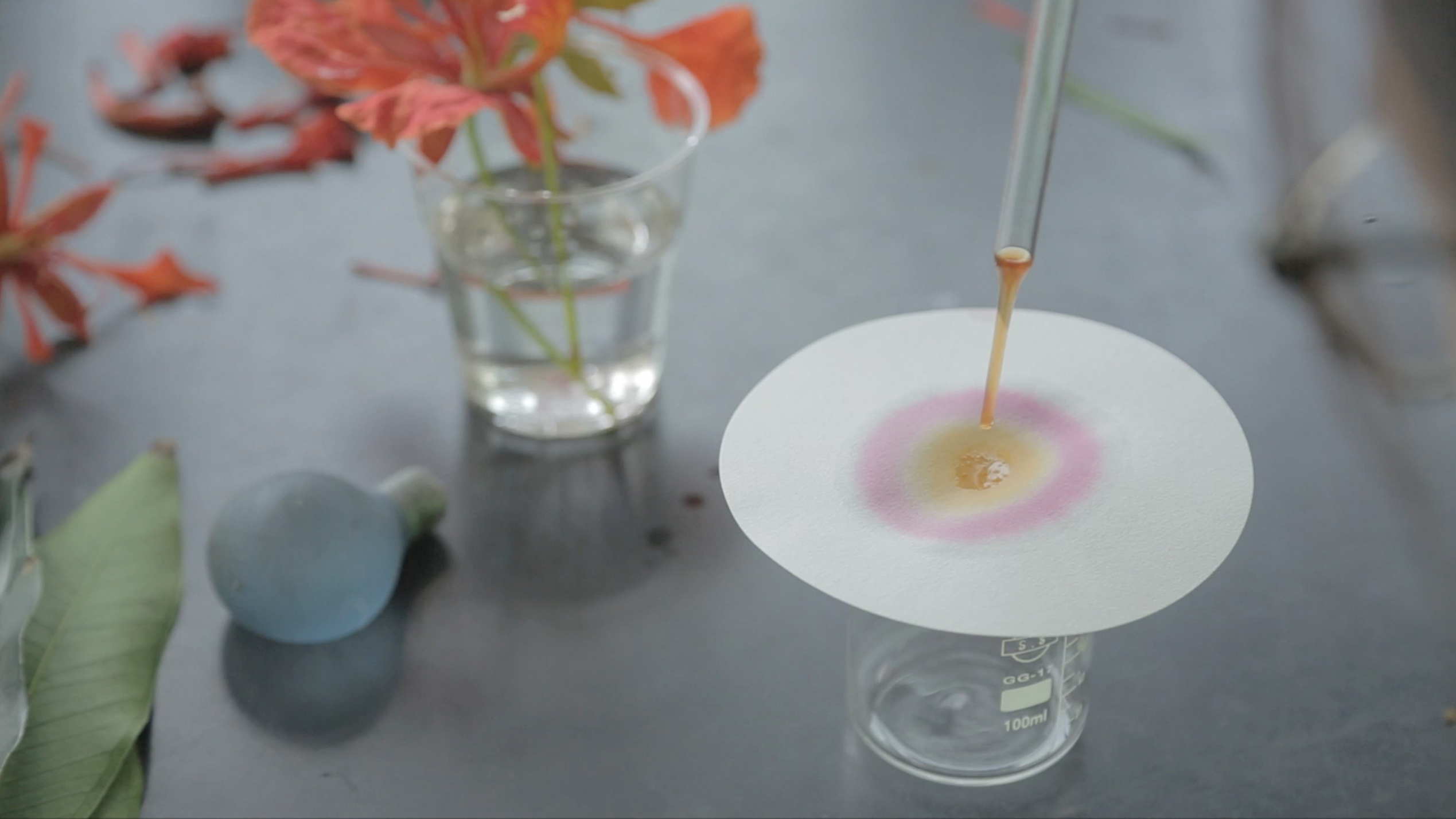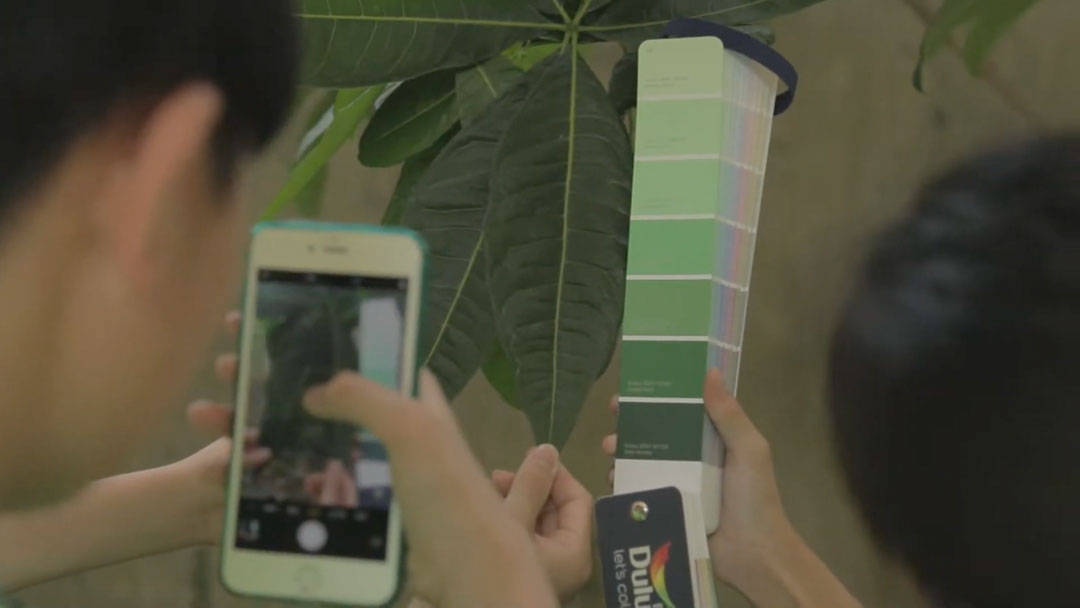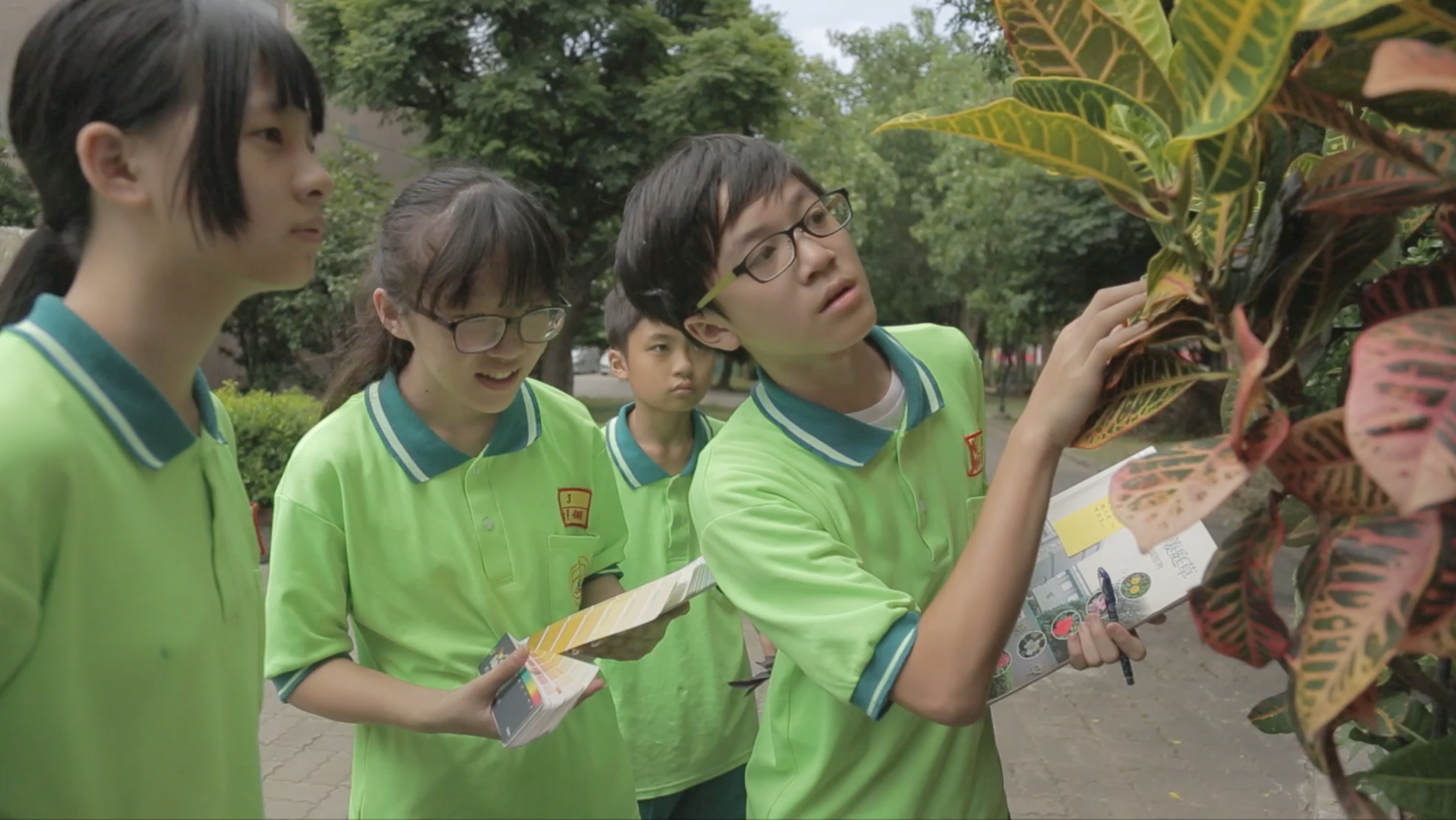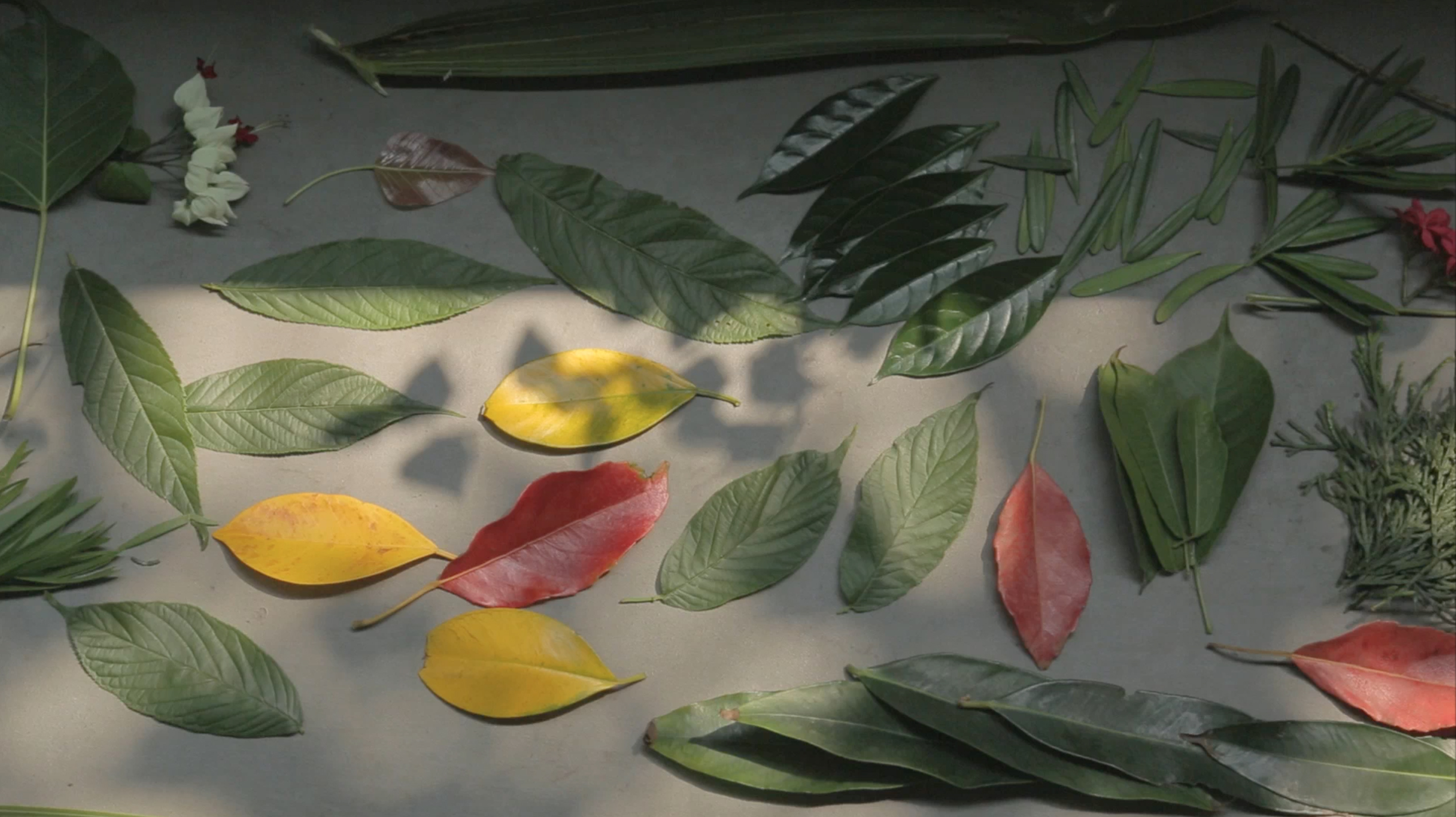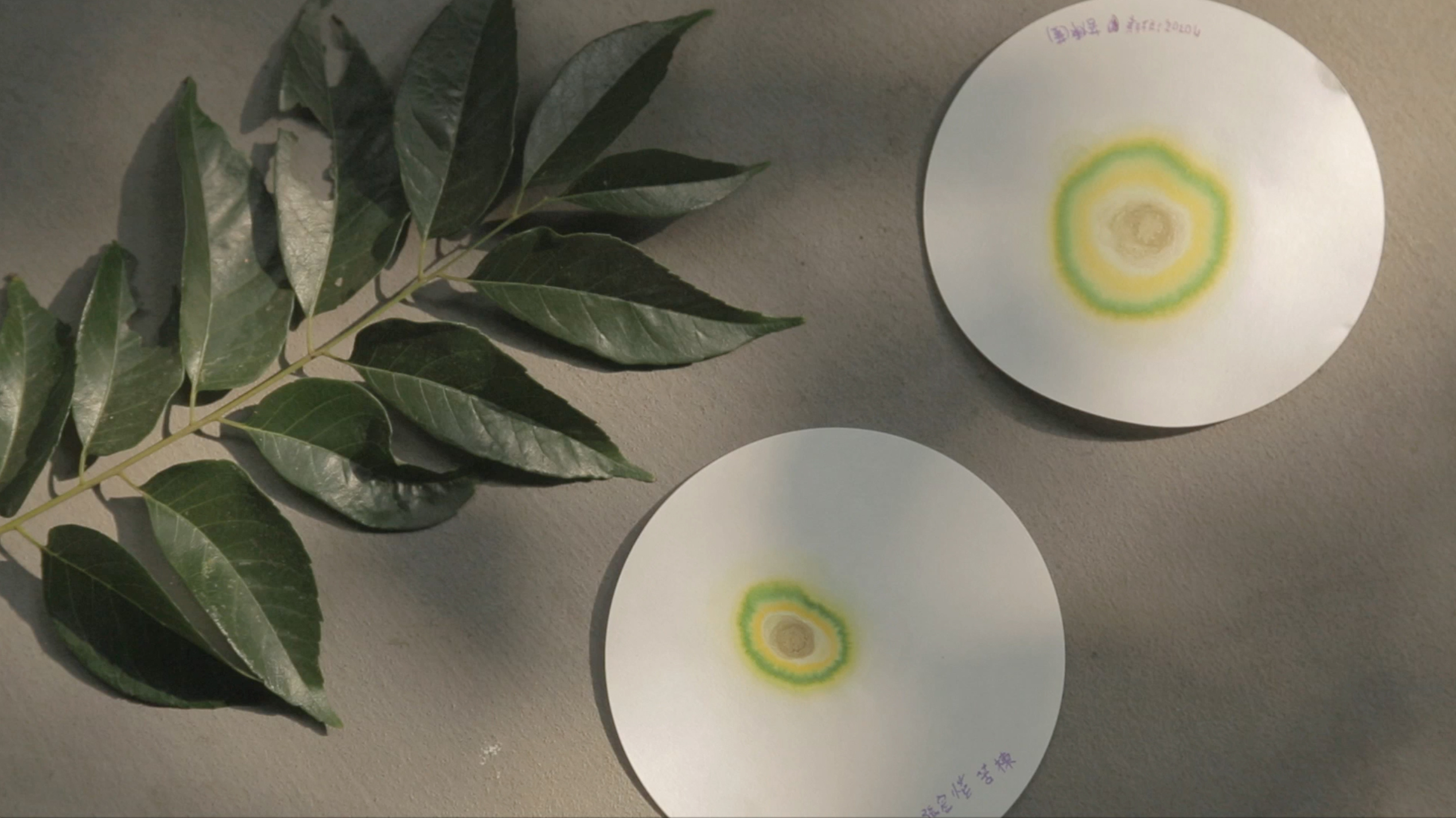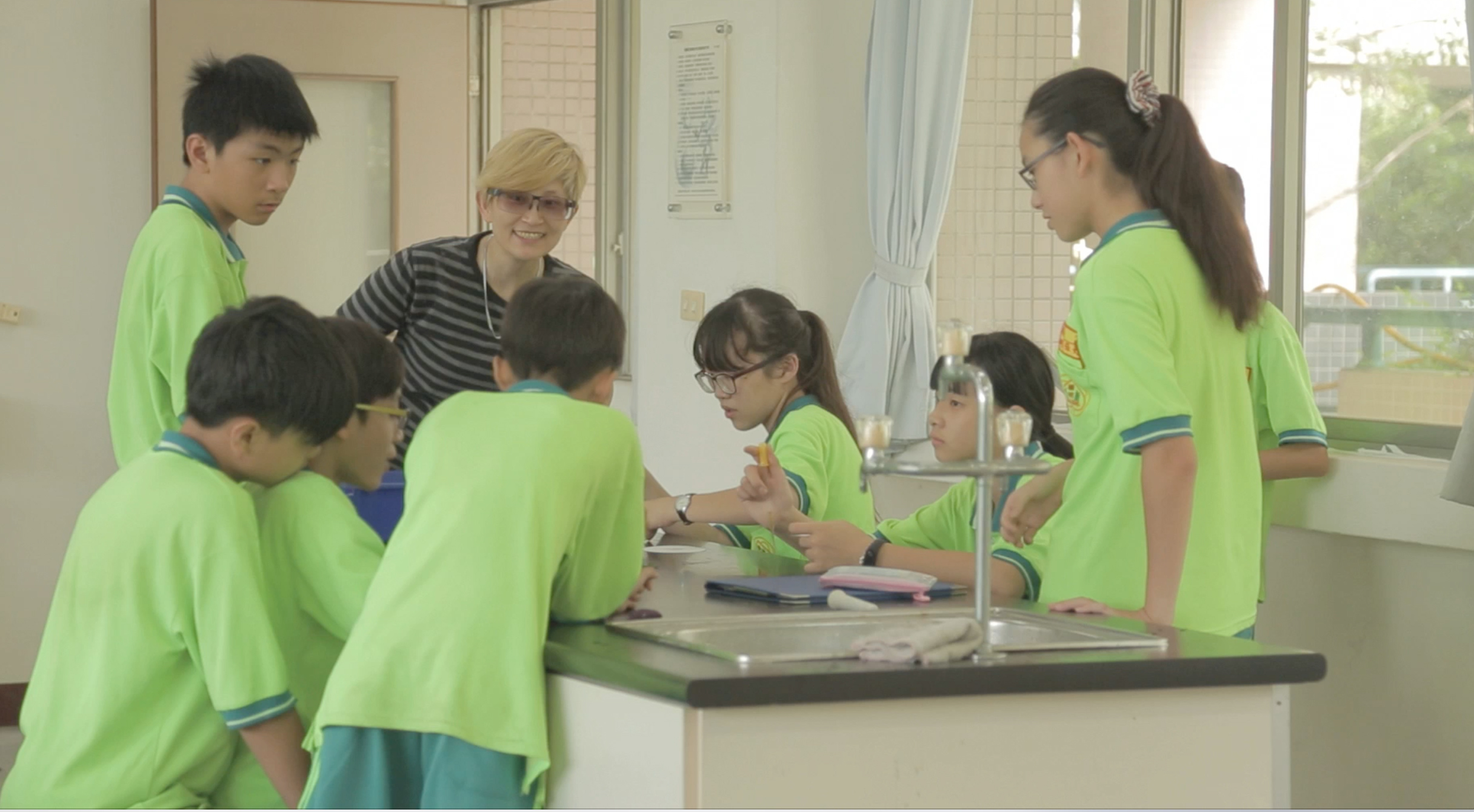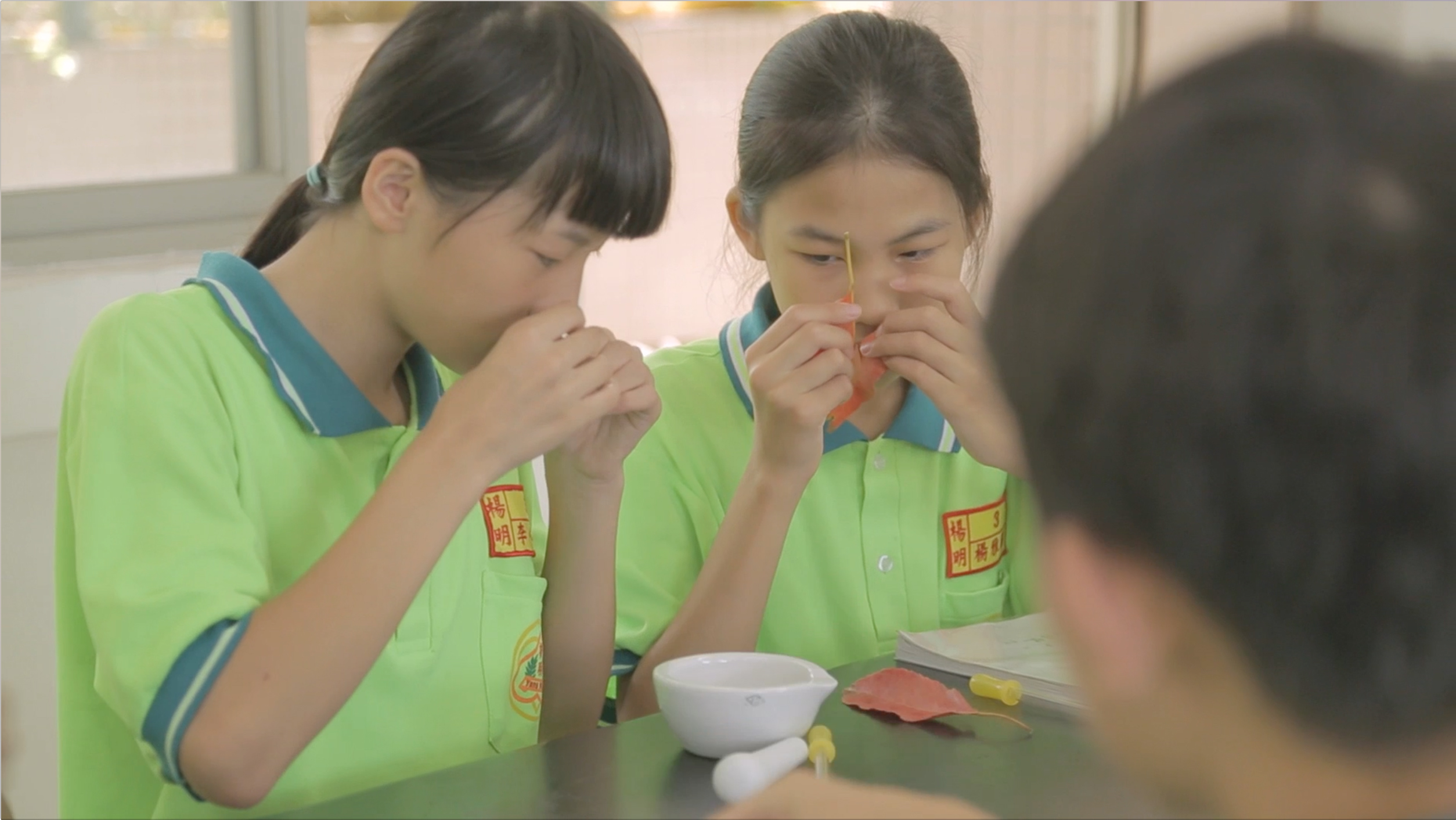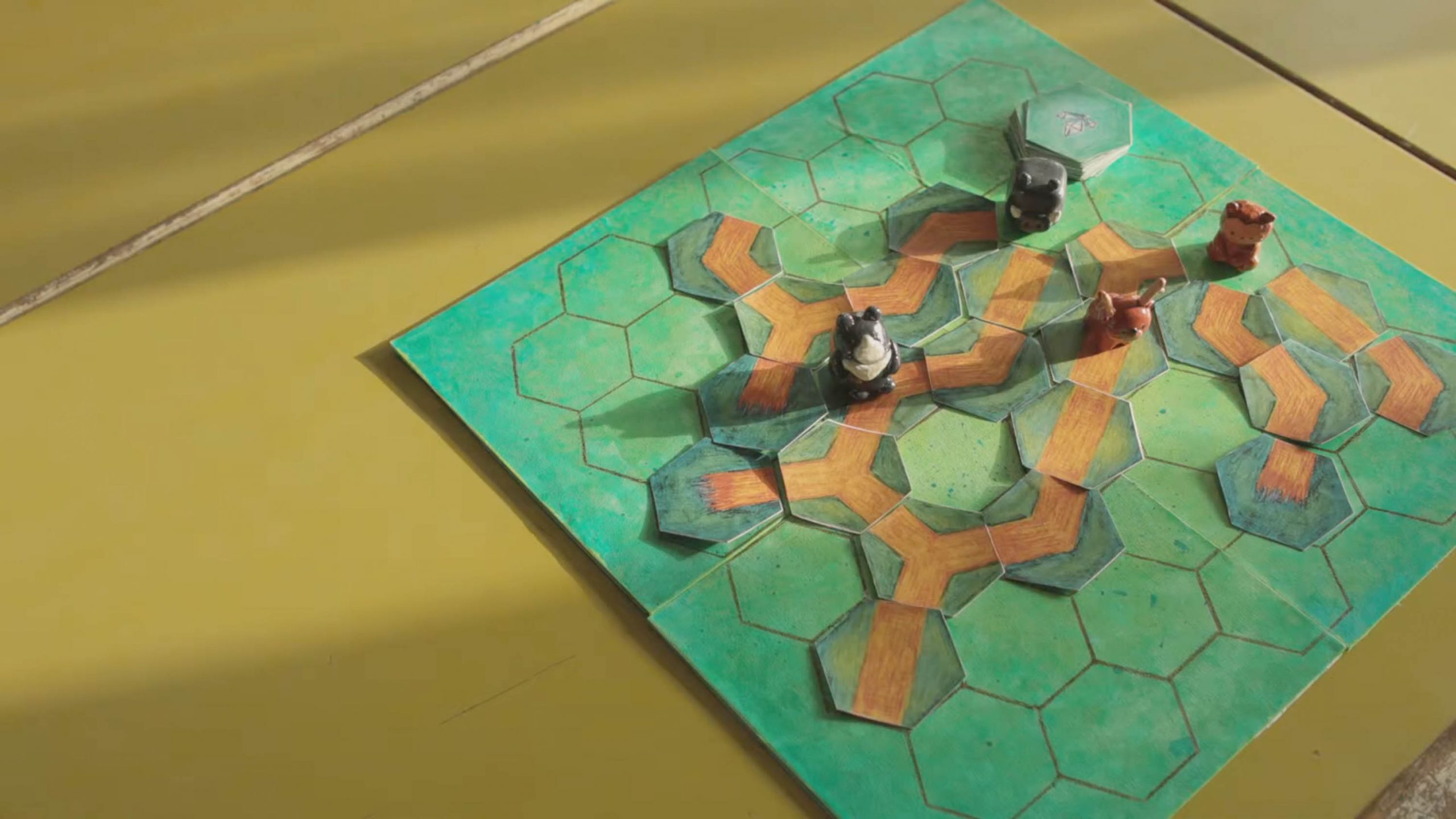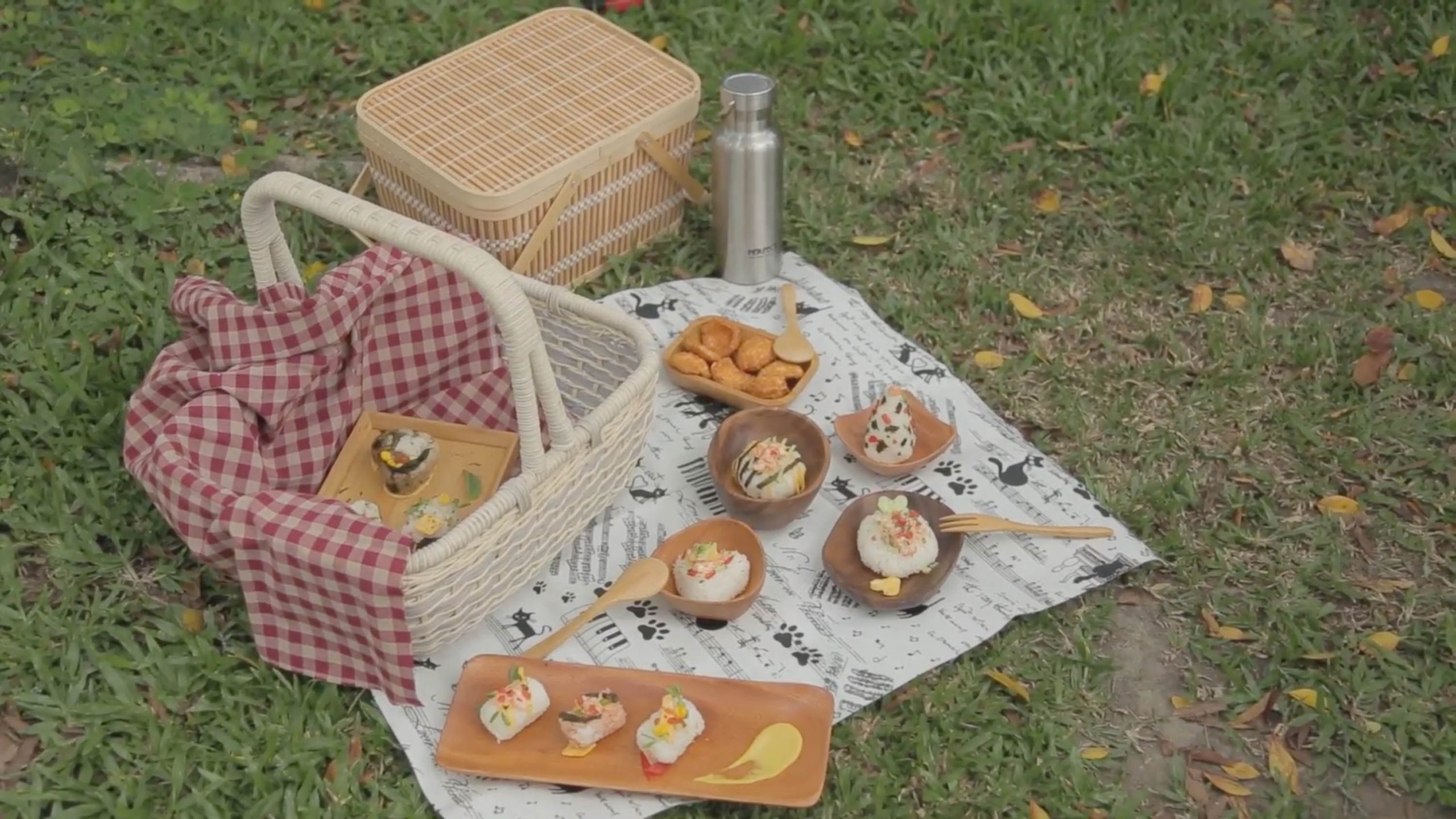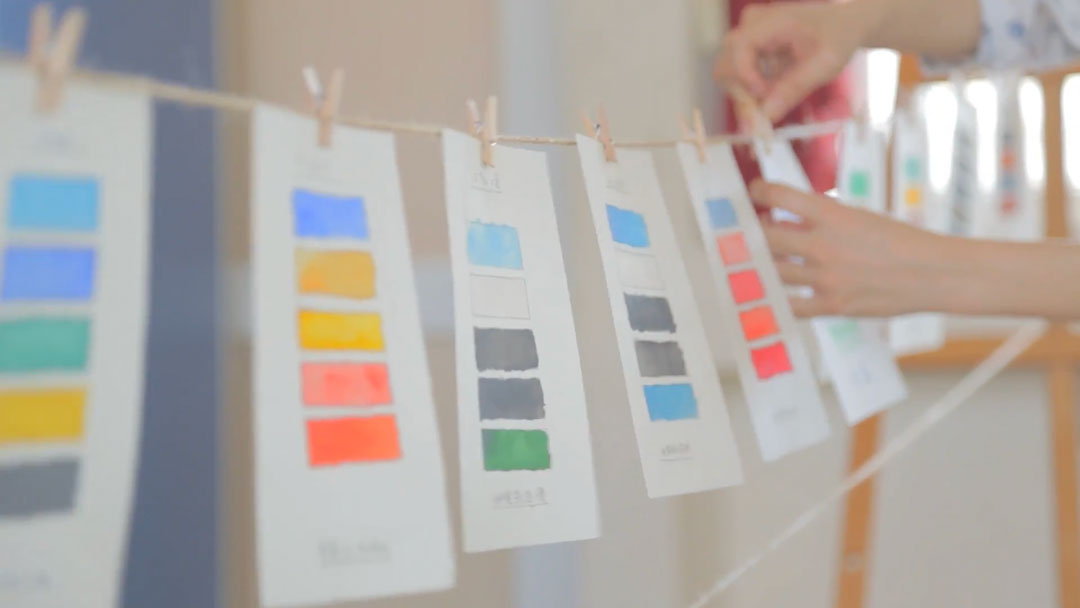The Secret Colors of Plants
In the Plantae kingdom, there are colors invisible to the human naked eye. To delve deeper into the essence of colors, Mrs. Chang led her students on a walk outside the classroom to closely examine plants. They collected beautiful specimens and brought them back to the lab for interdisciplinary experiments and color analysis. After this fascinating exploration, they were surprised to discover that the plants they see on campus everyday contain more colors than they had imagined.
By extracting colors from the plants and observing the stratification phenomenon, the students learned about the variety and complexity of how nature generates colors. To Mrs. Chang, one of the purposes of the art and design course is to challenge conventions, and this class helped the students realize that leaves and flowers are not merely red and green. Through these scientific experiments, the students developed their ability to observe rationally. Additionally, the course encouraged them to adopt a bolder attitude toward exploring more possibilities.
